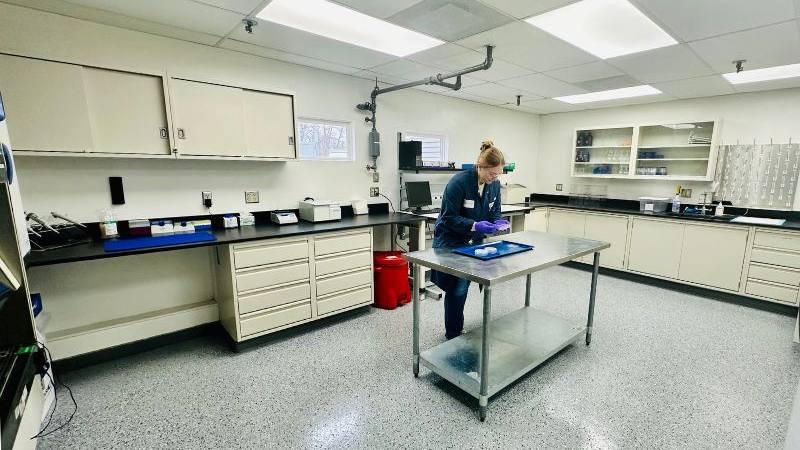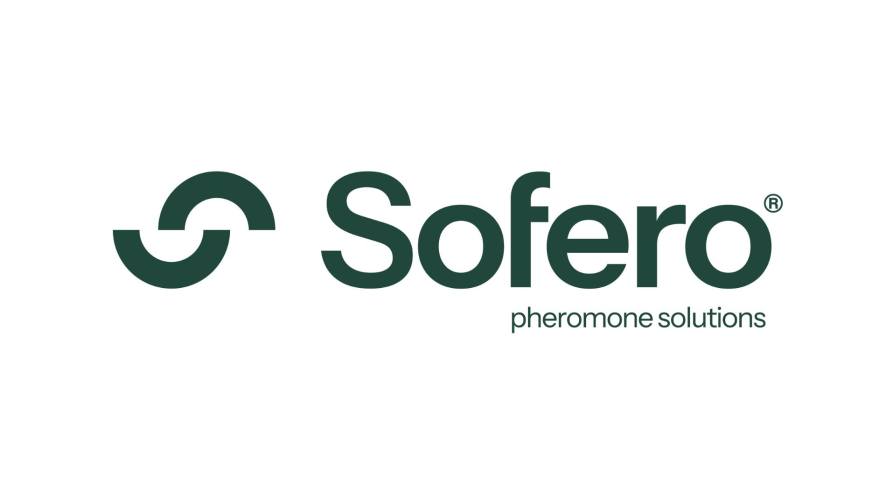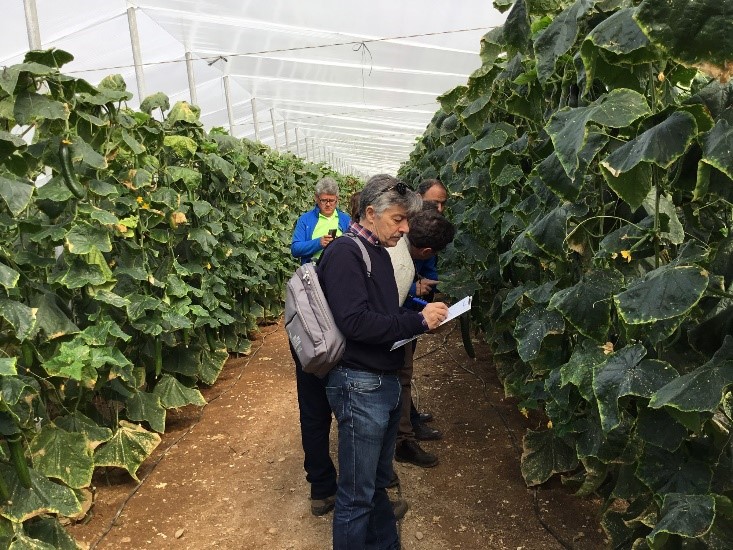Trump Tariffs Push Agrochemical Industry and China Trade Into ‘Uncharted Waters’
 Editor’s note: On March 6, President Trump delayed tariffs on Mexico and Canada. Learn more from this Fact Sheet on USMCA Tariff Modifications.
Editor’s note: On March 6, President Trump delayed tariffs on Mexico and Canada. Learn more from this Fact Sheet on USMCA Tariff Modifications.
We predicted that President Donald Trump would be measured in his actions until his full team was in place. This has proven to be an incorrect assumption. At this time, while he has a Commerce Secretary and a U.S. Trade Representative, the next two levels of their organizations, where the work gets done, are still vacant. Yet, he continues to take decisive actions, many of which are likely in direct violation of our agreement with the World Trade Organization (WTO) and now USMCA.
However, since the Biden Administration did not re-constitute the appellate division of the WTO, there is nothing that this organization can do to hurt the U.S. and President Trump’s efforts.
There is now talk of potentially exiting the WTO. The President cannot take this step unilaterally. It would require an act of Congress, which we suspect the President would surely endorse.
Here you will find a table showing the full tariff rate on imports of selected active ingredients from China as of March 4, 2025.
We need to take this opportunity to remember that the formulation of an agrochemical is not a substantial transformation under U.S. Custom’s definitions. Therefore, if you import a product into the U.S. from a third country that contains a Chinese active ingredient, for labeling purposes that material is likely properly classified as to where it was formulated, but for tariff purposes, that product is likely still Chinese and therefore subject to the 25% surtax, now plus 20%. When in doubt, you are urged to seek a binding customs ruling.
The “all in” tariff rate on formulated agrochemicals from China now stands at 51.5% for aromatic or modified aromatic products and 50% for non-aromatic materials.
For Canada, the U.S. is now collecting 25% tariffs on all imports from Canada (except for energy products at 10% and a 30-day extension for automobiles) to try to force them to take further actions to address the fentanyl crisis. Canada has responded with 25% tariffs on a range of U.S. imports, with a larger list scheduled to start in about three weeks. Thankfully, there do not appear to be any tariffs that will impact the agrochemical industry in either the immediate list, or the secondary list.
For Mexico, the U.S. is now collecting 25% tariffs on all imports from Mexico except for a 30-day extension on automobiles. Their retaliation for this action is set to be announced on Sunday, March 9, 2025.
The U.S. is set to release details on reciprocal tariffs on April 2, 2025, that likely will impact imports from the rest of the world. It is said that these rates will not only offset tariffs wherever a trading partner has a higher tariff rate than the U.S., but also seek to offset VAT (Value Added Taxes) as well as technical barriers to trade.
In the case of the EU and India, it appears that tariff rates in chapter 29 (AIs) and section 3808 (formulated pesticides) of their HTS are similar to the U.S. However, each collects VAT taxes on imports, and they both maintain technical barriers to trade. How all of this will be calculated into an already complex tariff schedule is anyone’s guess.
We also note that when the original 301 tariffs were put into place, the Trump administration had been in office for quite a while, and they had a full complement of political appointees. The leader on the 301 tariffs, as well as the 201 tariffs on aluminum and steel that predated this action, was USTR Ambassador Robert Lighthizer. In his previous life, Ambassador Lighthizer had been a steel industry attorney, an industry that was known for its aggressive positions on trade issues.
As of this date, the Administration has in place its Commerce Secretary, Howard Lutnick, and a new USTR, Jamieson Greer. Greer was Lighthizer’s Chief of Staff. Neither has yet been able to put into place a full complement of staff, many of whom need Senate confirmation. Therefore, the next two layers of both agencies are vacant, and/or are filled by career government employees.
Without these two layers of staff, it is hard for the U.S. to truly negotiate with our trading partners. Therefore, most of the discussions need to be held directly through President Trump or his very high-level emissaries.
Traditionally the USTR is also a cabinet level position. The staff dedicated to trade issues at USTR and the Department of Commerce were considered equals. It appears as if a re-alignment is underway where USTR Greer will report to the President through Secretary Lutnick. The impact that this will have on the working relationships of staff is yet to be seen.
China has again requested a hearing at the WTO on these most recent tariffs.
I would suspect that if Mexico and/or Canada called for a USMCA tribunal, or a WTO panel, that they would also prevail. However, in the case of USMCA, there is no way that a panel could be put together to hear this issue for at least 18 months, maybe longer. A WTO case is futile as noted above.
No other President has used tariffs in this way for the last 100 years. We are in completely uncharted waters.






